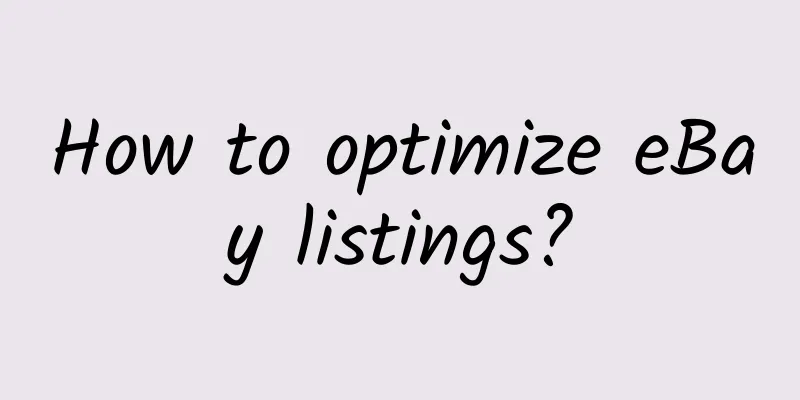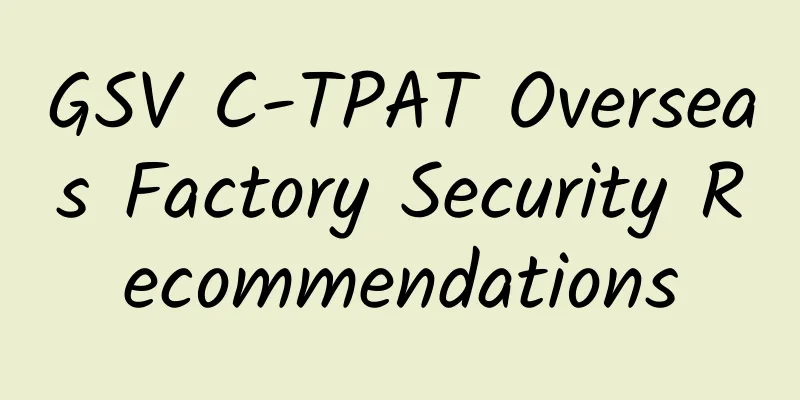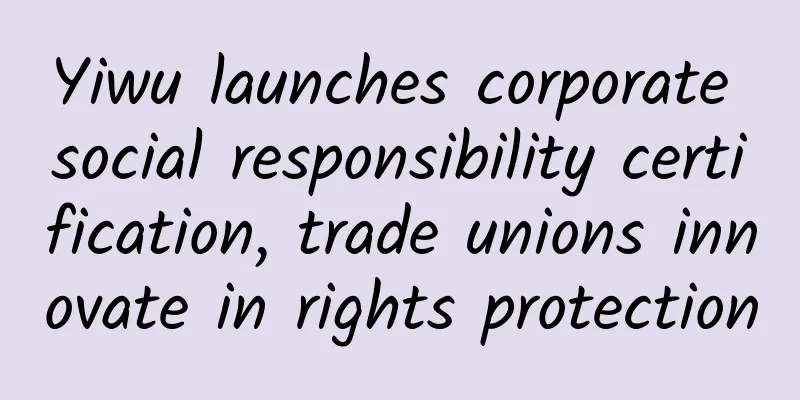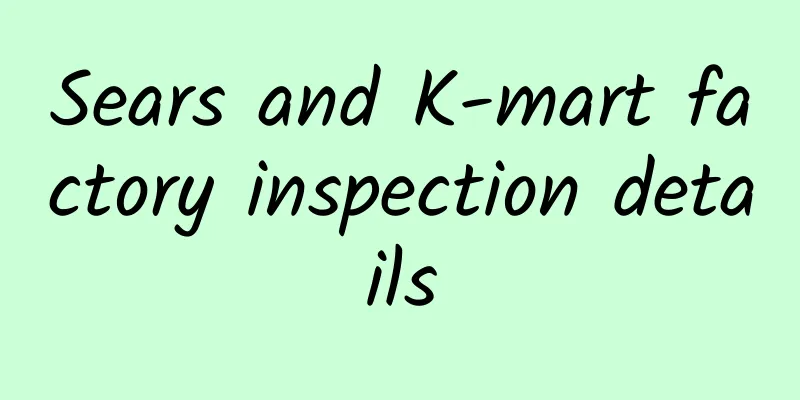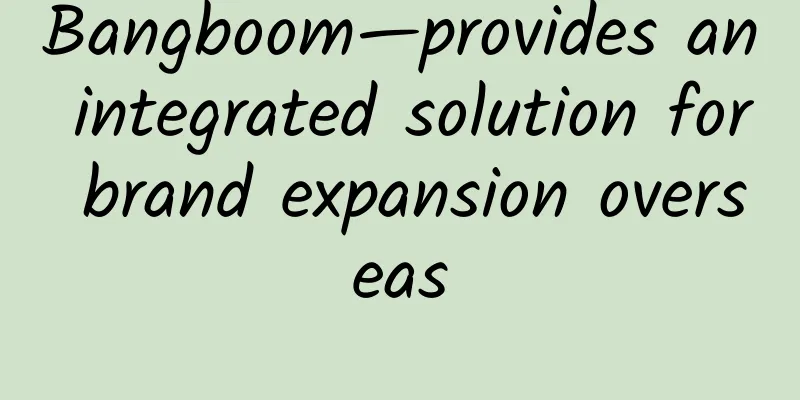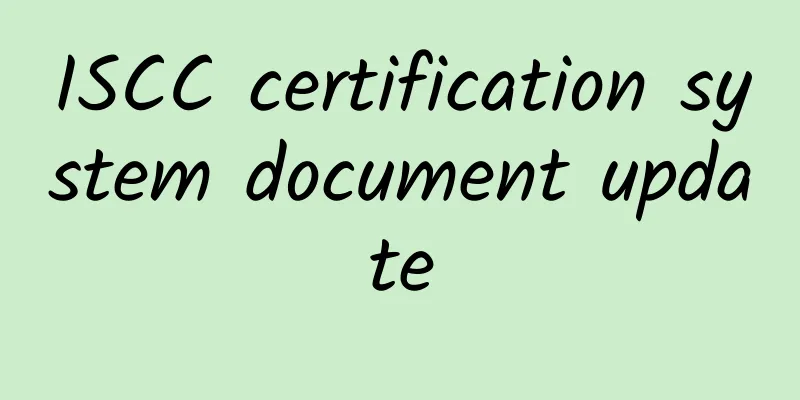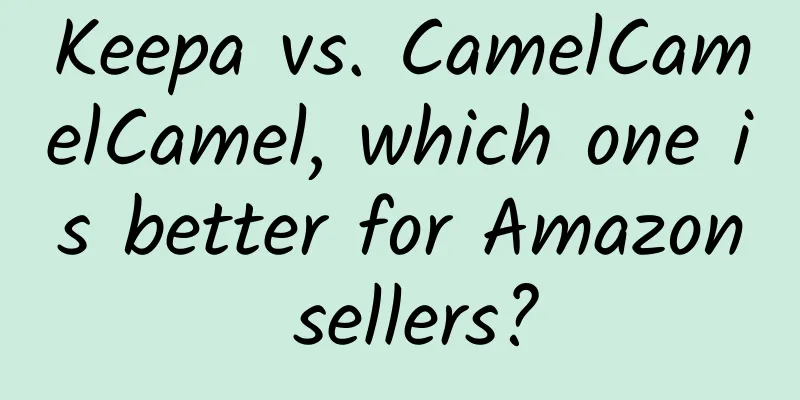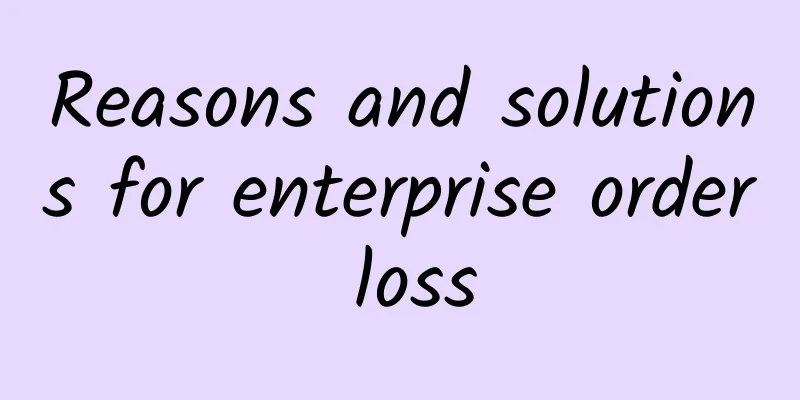Is carbon trading the buying and selling of carbon?
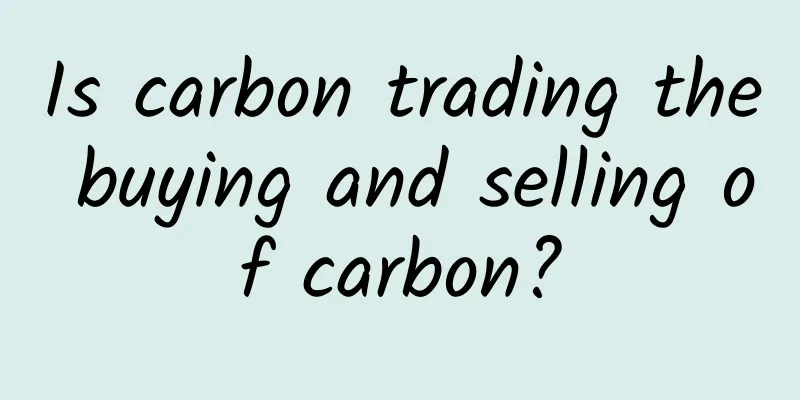
|
What are carbon credits? Carbon credits, also known as carbon rights, refer to carbon emission units that can enter the carbon trading market when a country or enterprise reduces carbon emissions by increasing energy efficiency, reducing pollution or reducing development, etc., under the conditions of certification by the United Nations or a United Nations-approved emission reduction organization. The ultimate goal of carbon credits is to reduce greenhouse gas emissions into the atmosphere. What is the carbon market? "Carbon market" refers to the market formed by carbon emission rights trading. The essence of carbon emission rights trading is to buy and sell greenhouse gas emission rights such as carbon dioxide (CO2) as commodities. It is a market mechanism adopted to reduce global greenhouse gas emissions. The carbon trading market can be roughly divided into the mandatory carbon quota trading market and the voluntary carbon trading market. The former is based on quotas (carbon emission permits) and can also include offset units (certified emission reductions) and derivative transactions. It can be further divided into quota-based carbon trading and project-based trading. The latter is a market formed by entities without mandatory emission reduction tasks voluntarily purchasing project emission reductions to achieve their own carbon neutrality. What we now call "carbon market" usually refers to the former. Is carbon trading the buying and selling of carbon? The full name of carbon trading is "carbon emission rights trading", so what is traded is not carbon or carbon dioxide, but the emission rights (emission quota) of carbon dioxide. Carbon trading is to treat carbon dioxide emission rights as a commodity. The buyer obtains a certain amount of carbon dioxide emission rights by paying a certain amount to the seller, thus forming a transaction of carbon dioxide emission rights. The carbon trading market is a market artificially created by the government through the control of emissions of energy-consuming enterprises. Usually, the government determines a total carbon emission amount and allocates carbon emission quotas to enterprises according to certain rules. If the enterprise's emissions in the future exceed the quota, it needs to buy quotas on the market. At the same time, some enterprises adopt energy-saving and emission reduction technologies, and the final carbon emissions are lower than the quota they obtain, so they can sell excess quotas through the carbon trading market. The two parties generally trade through carbon emission exchanges. In the first case, if the enterprise's emission reduction cost is lower than the carbon trading market price, the enterprise will choose to reduce emissions, and the share generated by emission reduction can be sold to make a profit; in the second case, when the enterprise's emission reduction cost is higher than the carbon market price, it will choose to purchase from the government, enterprises, or other market entities that have quotas in the carbon market to achieve the emission reduction target issued by the government. If the quota is not purchased in sufficient quantity to cover the actual emissions, it will face a high price fine. Through this set of designs, the carbon trading mechanism internalizes carbon emissions as part of the operating costs of enterprises, and the carbon emission prices formed by transactions guide enterprises to choose the most cost-effective carbon reduction means, including energy-saving and emission reduction transformation, carbon quota purchase, or carbon capture, etc. The market-based approach enables the cost of emission reduction in the whole society to be optimized while the industrial structure is transformed from high energy consumption to low energy consumption. |
>>: FSC certified teak trade verification officially launched
Recommend
What is Easync? What services does Easync provide?
What is Easync? Easync is integrated with many ma...
eBay product selection: simple application of watcheditem in product selection
watcheditem is a website with the URL: http://www...
What is the Lotus Pond Moonlight Forum? What is the content of the Lotus Pond Moonlight Forum?
Lotus Pond Moonlight Forum, Lotus Pond Moonlight ...
How is Hengbang International Logistics? What is the service scope of Hengbang International Logistics?
How about Hengbang International Logistics? Guang...
All Sedex members who need factory inspection (I)
Aldi UK factory inspection consultation/certificat...
What is eBay's official website? Why did eBay split off PayPal?
eBay official website: https://www.ebay.com/ 1. W...
The latest "Implementation Rules for Organic Product Certification"
The latest "Implementation Rules for Organic...
BSCI Factory Audit Report Record Form - Chinese and English
Audit Assessment Part B BSCI Social Requirements ...
How is Tuowei Baishunda? What services does Tuowei Baishunda provide?
Looking for a reliable cross-border express compa...
What service sites does eBay have? How do I register with eBay?
What service sites does eBay have? eBay was found...
What is Fulfillment Center? What are the features of Fulfillment Center?
What is Fulfillment Center? Fulfillment Center, a...
Home Depot Anti-Terrorism Factory Audit Requirements
Home Depot Anti-Terrorism Factory Audit Requireme...
How to pass the Fujian factory inspection (Fujian certification factory inspection consultation and guidance)
How to pass the Fujian factory inspection (Fujian ...
ACC Tilapia Farm Standards
The ACC Tilapia Farm Standards mainly consist of ...
What are the auction rules of eBay? [Ebay Tips]
This article uses two pieces of content to explai...
